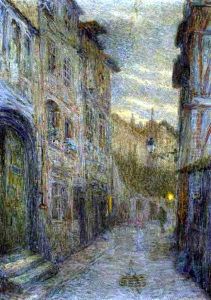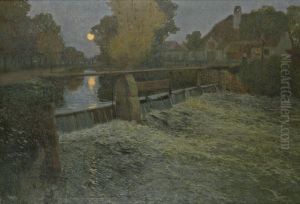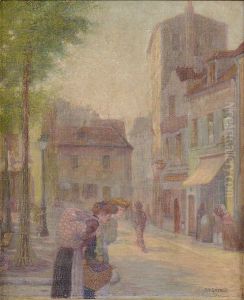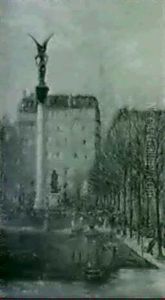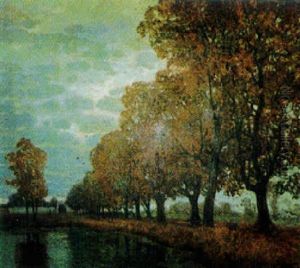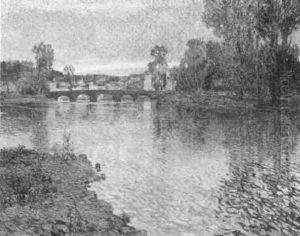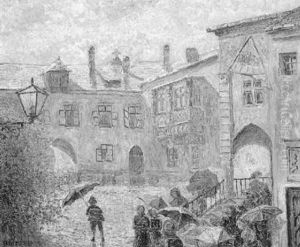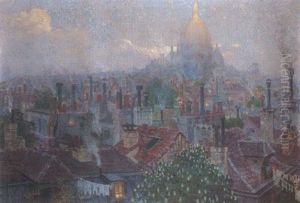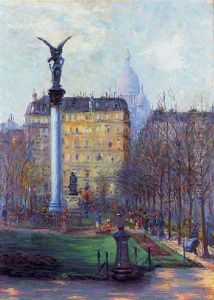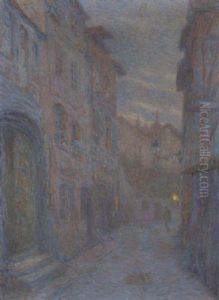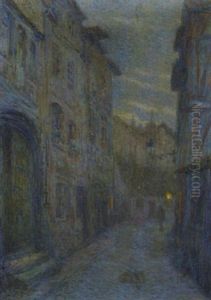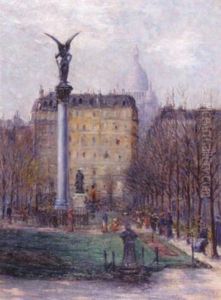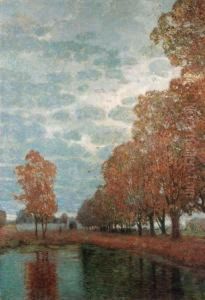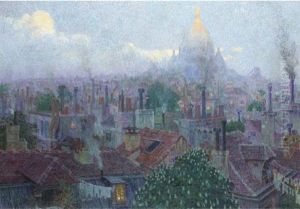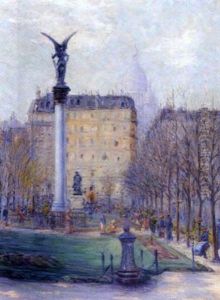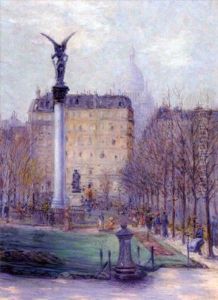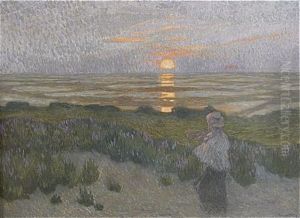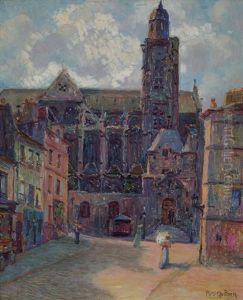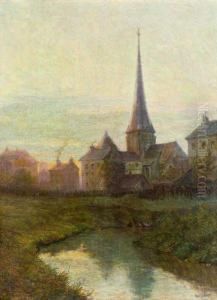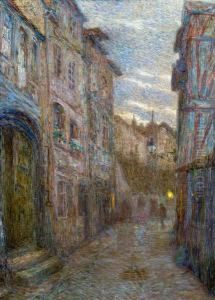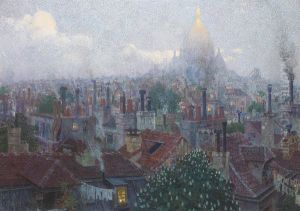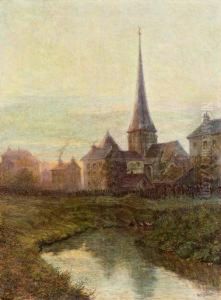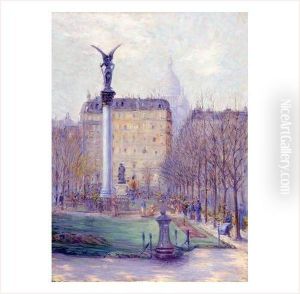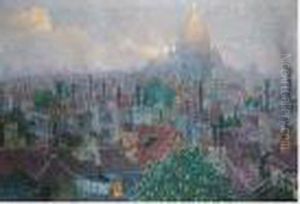Rudolf Quittner Paintings
Rudolf Quittner was an Austrian artist born on November 18, 1884, in Vienna. His artistic journey began at an early age, and he pursued his passion for art throughout his life. Quittner was primarily known for his work as a painter, but he also explored other mediums including drawing and printmaking.
Quittner studied at the Academy of Fine Arts Vienna, where he honed his skills and developed his unique style. He was influenced by various movements of his time, including Impressionism and Art Nouveau, but he also developed a personal style characterized by a delicate, lyrical approach to his subjects. Quittner's oeuvre includes landscapes, still lifes, and portraits, and he was particularly adept at capturing the subtleties of light and atmosphere.
In addition to his work as an artist, Quittner also played a role in the cultural life of Vienna during the early 20th century. He was part of the Vienna Secession, a group of artists who sought to break away from the traditional artistic establishments and promote a more modern and progressive approach to art.
Rudolf Quittner's career was interrupted by the First World War, during which he served in the Austro-Hungarian Army. The war had a profound impact on him, as it did on many artists of his generation, and this experience influenced his post-war work. In the interwar period, Quittner continued to paint and exhibit his work, gaining recognition both in Austria and internationally.
Unfortunately, with the rise of National Socialism and the onset of the Second World War, Quittner, like many artists of Jewish heritage, faced persecution. The political climate of the time and the horrors of the war had a significant effect on his life and work.
Rudolf Quittner passed away on April 7, 1953, in Vienna. His contributions to Austrian art were somewhat overshadowed by the tumultuous events of the 20th century, but he is remembered for his sensitive and atmospheric paintings that capture the spirit of his time. Today, Quittner's work can be found in various art collections, and he continues to be celebrated as part of Austria's rich artistic heritage.
